No products in the cart.
Download
| File | |
|---|---|
| eForensics Magazine 2019 12 Video Forensics & Privacy PREVIEW.pdf |
Dear Readers,
Welcome to our newest issue, dedicated to the topic of video analysis! Video can be great lead evidence in the court, but you need to show it’s not been tampered with or forged. There are also issues related to recording and privacy.
In one of the articles, you will read about using the latest technology to manage video evidence efficiently. It looks at some of the key issues and outlines how technology solutions can be deployed to make the management of video evidence easier and more secure. Police agencies can make significant improvements by introducing smart technologies to deliver effective crime prevention, detection and prosecution. There is also a piece on webcam monitoring - CCTV and privacy, and a great write-up on hidden cameras, called “A Practical Guide to Detecting Hidden Cameras”.
What else have we prepared for you in this issue? Investigating Bitcoin Traces, Deep and dark web: The uncertainties of the web, Anti-Forensics: Tools and Techniques Designed to Impede and Mislead Digital Forensics Investigations, Keylogging Data: Domestic Issues, Wi-Fi communication traces in mobile devices and vulnerability awareness using digital forensic analysis, and Building a Network Conducive to an Investigation.
Check out our Table of Contents below for more information about each article (we included short leads for you).
We hope that you enjoy reading this issue! As always, huge thanks to all the authors, reviewers, to our amazing proofreaders, and of course you, our readers, for staying with us! :)
Have a nice read!
Regards,
Dominika Zdrodowska
and the eForensics Magazine Editorial Team
TABLE OF CONTENTS
Webcam monitoring around the world
by Tokyo_v2
Have you wondered how many CCTV cameras recorded you since you left the house or how many times you were caught on camera whilst out shopping? Where does the footage go or who watches it?
Smarter Digital Evidence Management
by Mark Sugrue and Martin O’Farrell
A key focus for any modern police force today is how digital evidence is managed. The process of managing digital evidence from collection to sharing is one that is often difficult due to the complexity of police processes. This article looks at some of the key issues and outlines how technology solutions can be deployed to make the management of assets easier and more secure. Police agencies can make significant changes by introducing smart technologies to deliver effective crime prevention, detection and prosecution.
A Practical Guide to Detecting Hidden Cameras
by Maciej Makowski
This article contains some practical techniques of detecting the hidden cameras I covered in my initial posting.
Keylogging Data: Domestic Issues
by Rachael Medhurst
With the ever growing use of technology, this has ultimately affected the way in which crimes are being committed every day. Technology provides criminals with a platform to enable crimes to be committed whilst also enhancing their ability to stay anonymous while conducting the crime. However, when discussing cyber-enabled crimes, people often think about fraud relating to businesses or individuals for financial gain; people don’t think about the use of technology being a domestic issue. Unfortunately, there has been a significant increase in the use of technology when dealing with domestic issues such as domestic stalking and abuse. With new and developing technologies, this is likely to increase but how can individuals help protect themselves from internal threats?
Investigating Bitcoin Traces
by Natanael Marinho and Deivison Franco
The purpose of this article is to address the solutions and challenges encountered by digital forensics in collecting and identifying traces left by cybercriminals seeking to conceal their malicious practices, such as money laundering, cyber scams, data hijacking, sextorsion, among other actions. The importance of combating crimes in the face of this new scenario of the world financial system is verified, so that expert elements and investigations can lead to the owners behind the crypto-assets.
File Signature Forensics
by Joseph Moronwi
As a forensic technique that searches for known files or documents, the file signature searching technique is widely used to find evidence of the theft of confidential company files (documents) or detect the existence of malware by comparing unknown software (program) under investigation with a repository of known instances. In this post, we will study the procedures and forensic techniques of file signature searching. Specifically, you will learn how to generate hashes from a file, and to search for a file with a specific hash value. Also, you will become familiar with open source tools for file signature searching forensics.
Anti-Forensics: Tools and Techniques Designed to Impede and Mislead Digital Forensics Investigations
by Matthew Kafami
Digital forensics, the methodical process of discovering and recovering data, is a crucial component to law enforcement’s ability to turn an arrest into a conviction. Evidence collection within the digital forensics process often involves tools that create bit-for-bit identical clones of the original image, to be used for further investigation without the risk of modifying the original data in any way, rendering it inadmissible in court. There is a variety of data that can be collected as evidence, such as documents, images, software, etc. Each of those data have their own subcomponents, called metadata, that can at times be more important than the files themselves. Metadata contains information about the original data’s creation time, location data, file modification time, and more.
Building A Network Conducive to an Investigation
by Matthew Kafami
When we think of digital forensics, investigations, incident response, etc., we often think of the starting point of any investigation or incident response activities beginning during the initial finding of an indication of compromise. We think of tools being used to capture and analyze network traffic, complete backups, and malware samples. We think of all these things while making an assumption that the network was both built and is continuously maintained in a manner that is conducive to forensic investigations and incident response.
Wi-Fi communication traces in mobile devices and vulnerability awareness using digital forensic analysis
by Johan Scholtz
During our average day, we encounter various challenges relating to the traceability of conversations. We continuously need to be aware of the ability of third party tracking of mobile phones as an increased risk of cyber-attacks on mobile devices. In the same regard, IoT devices fall into the group of traceable data or information when Wi-Fi is used as a signal communication model. Challenges keeping data private and secure is perhaps mainly open for exploitation due to users’ recklessness in taking precautions in securing their digital conversations.
Deep and dark web: The uncertainties of the web
by Longinus Timochenco - KaBuM!
Dear readers, thank you for this opportunity to share knowledge and research. I aim to share a little of my experience in Information Security, Compliance, Risk & Fraud and Forensics with a specific focus on the very sensitive and emerging issue that is affecting individuals and companies globally.
Only logged in customers who have purchased this product may leave a review.
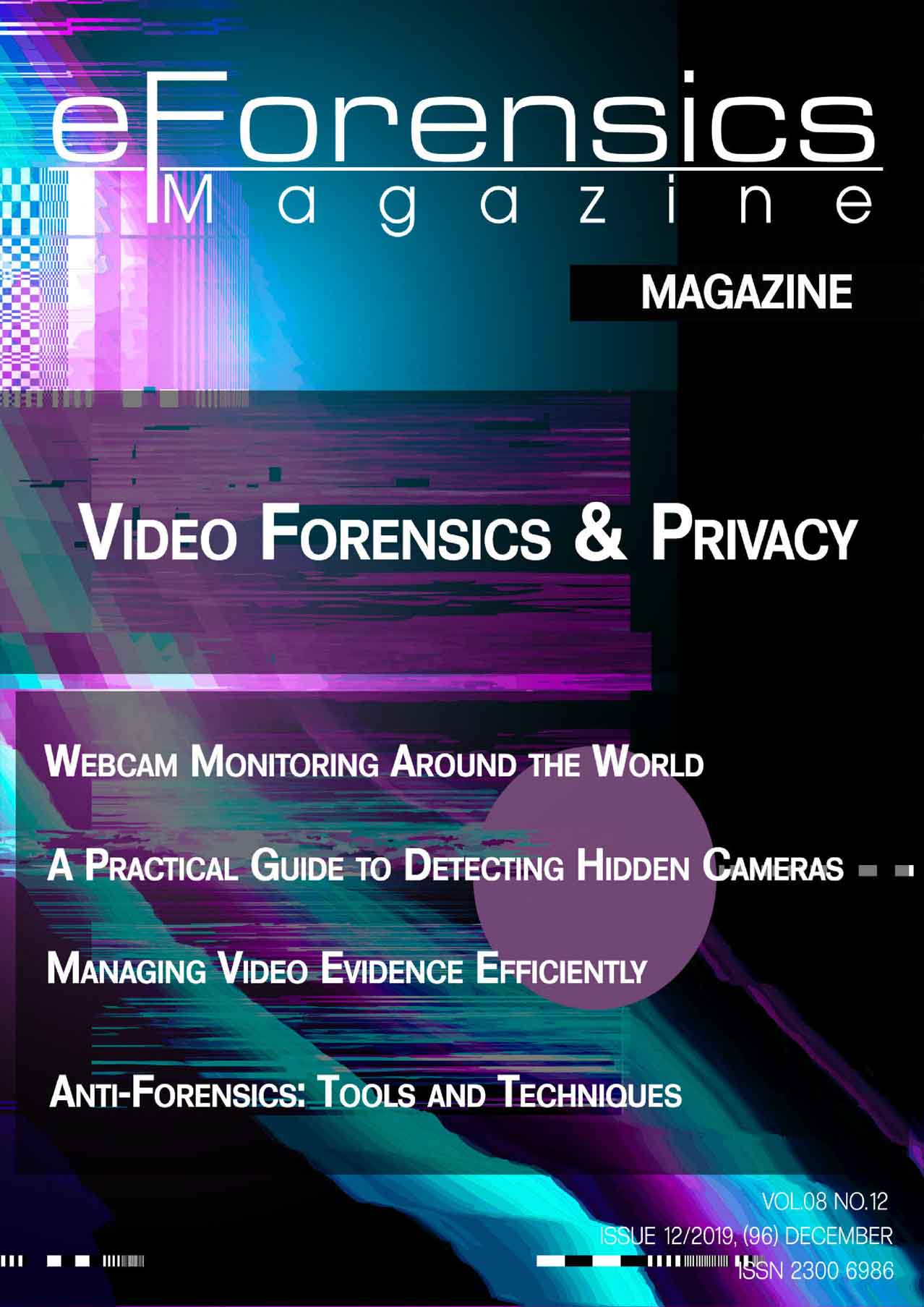
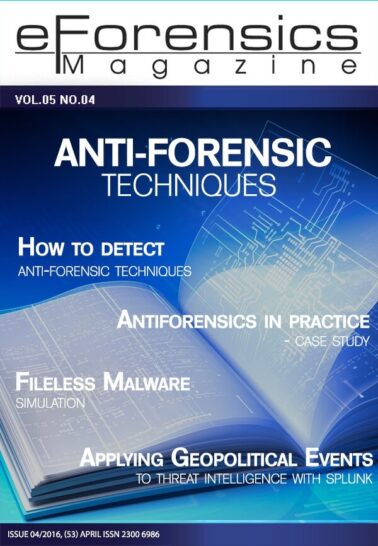
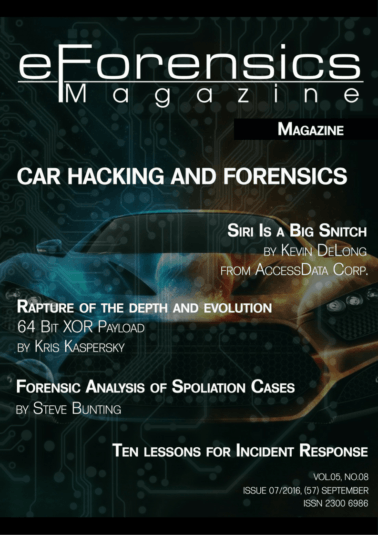
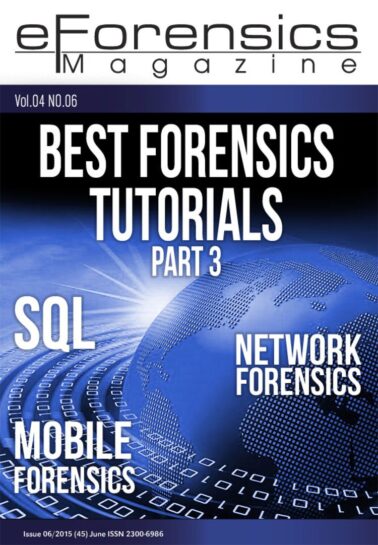
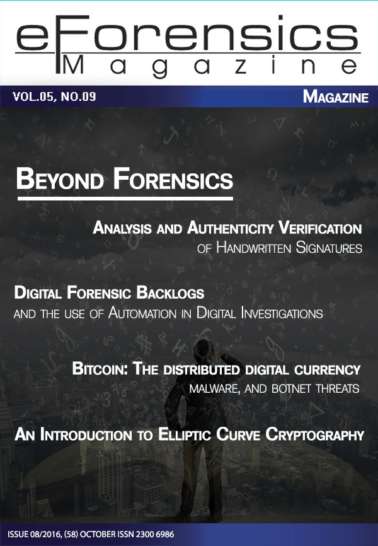
Reviews
There are no reviews yet.